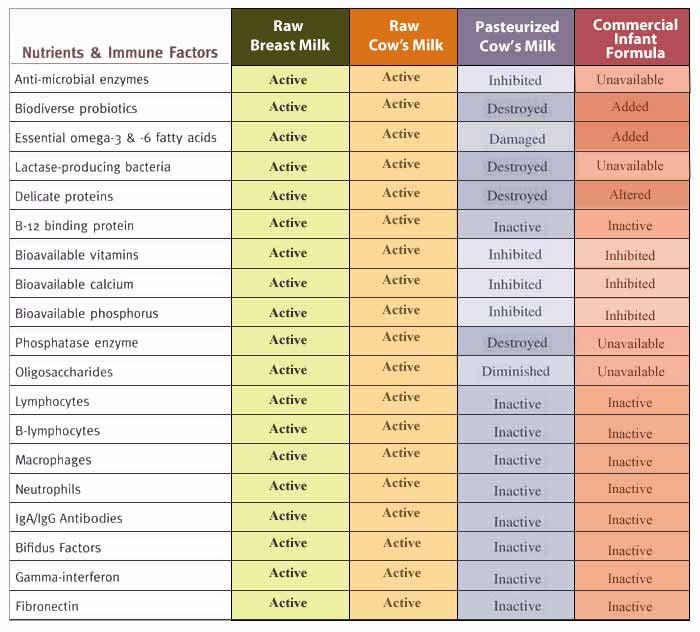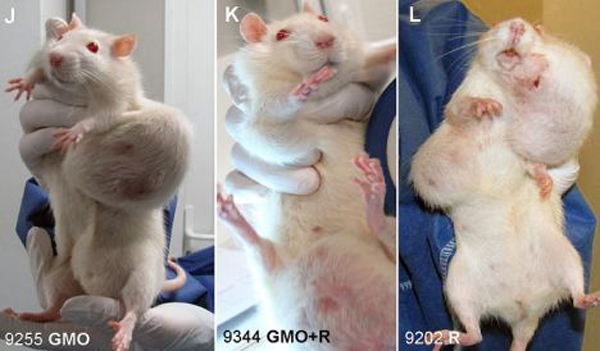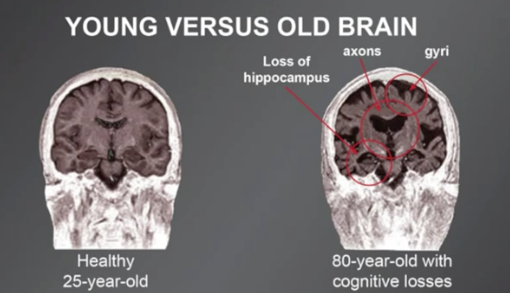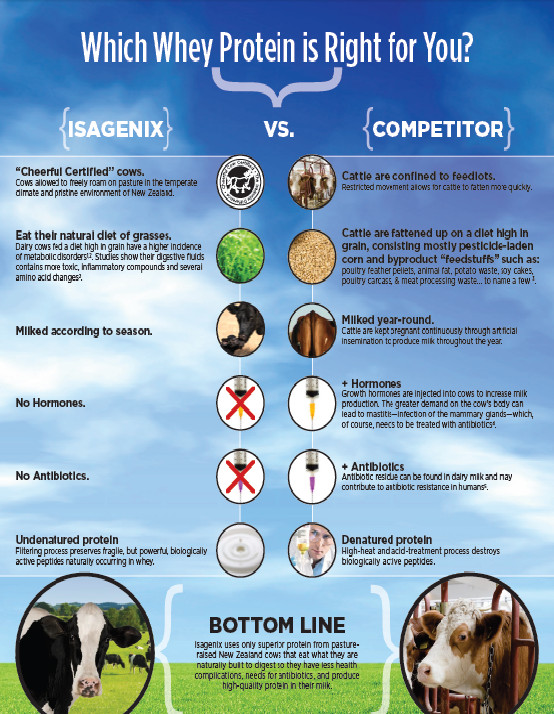
grass fed beef

RODALE NEWS, EMMAUS, PA—When you buy beef from the grocery store, you can usually tell that there's some kind of beef encased in all that plastic and styrofoam. You also know what cut of beef you're getting. But as for details on what you're actually eating, packages are not very informative. That will all change when the same "Nutrition Facts" panel that appears on milk, eggs, and every other packaged food at the grocery store will start appearing on packages of beef, as well as poultry and pork, a new USDA rule that will take full effect in January 2012. But what those labels won't tell you is whether your meat contains residues of rBGH or rBST growth hormones or whether it contains trace amounts of the
30 million pounds of antibiotics used on livestock every year. They won't give you a good idea of where your meat came from or how the animals were treated prior to slaughter, nor will they tell you about an animal's diet, which can impact the health of the animal as well as whether it's meat is contaminated with E. coli. If you care about all those things—as well as the nutritional quality of your beef—it's best to avoid the supermarket and buy grass-fed beef directly from a farmer, says Shannon Hayes, a partner at Sap Bush Hollow Farm in upstate New York and the founder of GrassFedCooking.com. "Either know a local natural-food store owner who knows how beef is produced, or know the farmer directly," she says. "Trust is the only thing that's going to assure your meat was produced ethically." Grass-fed beef has also been found to contain higher levels of omega-3 fatty acids and is typically leaner than it's corn-fattened counterpart behind the market's deli counter (those are some nutrition facts that won't appear on the new labels, either).
However, savvy marketers have come up with some creative terminology to convince you that conventionally produced meat is as good as truly pasture-raised, grass-fed beef.
"Grass-fed" versus "Pastured" versus "Free-Range"Catering to the public's desire for more ecofriendly meat-production processes, companies have started stamping
labels on foodthat don't always mean what you think they do.
"Grass-fed" is a term for which the U.S. Department of Agriculture (USDA) actually has a legal definition. Only meat from "ruminant" animals—animals that survive on grass, such as cattle and sheep—can be labeled grass-fed. (So if you ever see eggs or pork with "grass-fed" on the package, buy another brand.) The animals have to be fed a diet of grass, hay, and forage their entire lives, and be provided access to pasture. However, as with most government rules, there's a downside. Any farmer using that term before the new definition was established could be grandfathered in, regardless of whether he or she now complies with the
new rule. "A lot of farmers refuse to participate in this program because we feel the standards aren't strict enough," says Hayes.
The USDA doesn't have any legal definition for "Pastured," but Hayes says it typically means that animals are outside eating grass but are also fed grain. "Usually, the label is applied to omnivorous animals that need something in addition to grass to survive," she adds, such as pigs, turkeys, and chickens.
"Free-range" is a term the USDA has defined vaguely for poultry but not at all for beef. "Grass-fed and pastured animals are by nature free-range," says Hayes. However, the reverse isn't true, so the term may not mean what you're picturing. "I've seen 1,000 chickens crammed onto a barn floor and they were considered 'free-range.' The barn door opened, and they had access to a feces-laden concrete pad," she adds.
On larger-scale farms, however, even with organics, it's more efficient to ready an entire herd to be slaughtered all at once, she says. USDA organic-certification rules permit farmers to fatten a grass-fed herd up with corn, soy, or other grain-based feed, provided that it's organic, which isn't a practice some small farmers agree with.
"You've eliminated all the health benefits [of grass-fed beef] in three months when you finish them with grain," says Jo Robinson, founder of the online meat retailer
EatWild.com. Feeding grain to cattle, she says, increases the acidity of an animal's stomach, increasing the levels of bacteria, including E. coli, in their guts. So it's best to look for "grass-finished" beef, but even that can be tricky, since it's not a common term and most farmers who grass-finish their beef don't usually advertise it, says Hayes. The best way to know is to simply ask.



![Krista-Varady-600x400b[1]](http://isagenixhealth.net/wp-content/uploads/2012/09/Krista-Varady-600x400b1-150x150.jpg)














